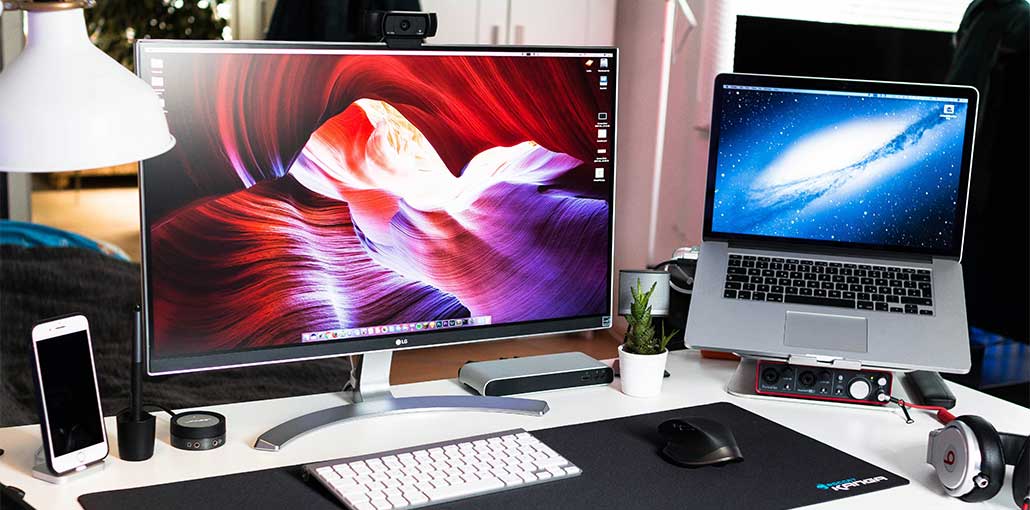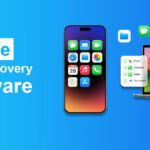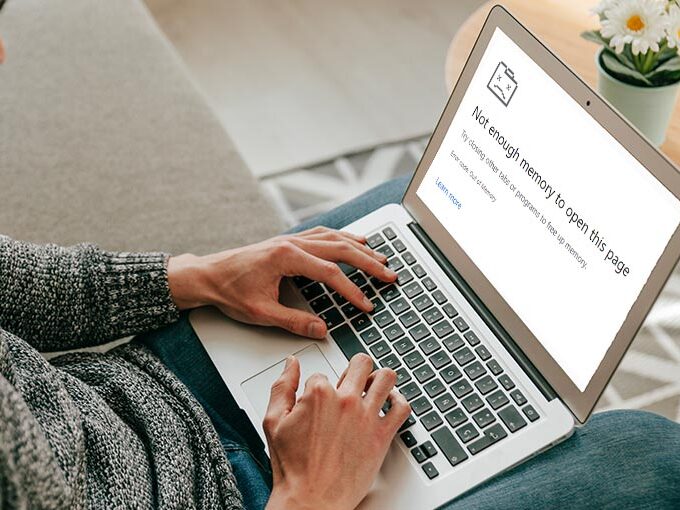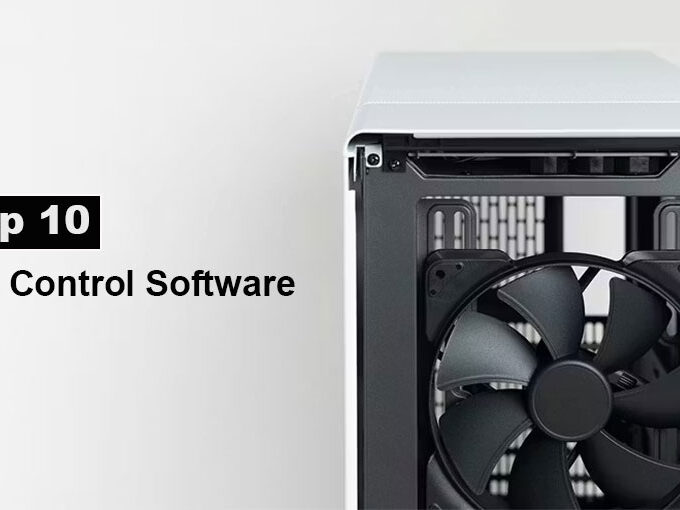Imagine you’re getting to work or playing some game, and the second display not detected. You examine the cables; however, the screen remains blank. Unsightly cables, outdated drivers, or inaccurate display settings can all lead to havoc for users.
But don’t worry! This guide will help to resolve the “Second Monitor Not Detected” problem. We will discuss the reasons the computer not detecting second monitor and give the steps you need to fix the issue for Windows and Mac. This guide can help to solve second monitor issues and take full advantage second monitor without hassle or strain.
Why is My 2nd Monitor Not Detected?
Sometimes, the second monitor doesn’t work even after connecting it. This could be for a variety of reasons. Here are a few common causes and solutions.
- Broken or Faulty Cable: When the cable is damaged or broken, the display isn’t working. Ensure both ends are checked, and then try using a different cable.
- Wrong Display Settings: If your computer’s second monitor not detected. Change the display mode to “Extend” or “Duplicate.”
- Outdated or missing drivers: Old drivers may prevent your display from working. Install the latest graphics driver through Device Manager or the System Preferences.
- Unsupported or Faulty Monitor: It could be wrong if the monitor is not compatible with another computer.
- Incorrect input source: Use the buttons on the monitor to choose the right sources of input (HDMI, VGA, or DisplayPort).
- Hardware or Port Issues: A damaged port could stop the monitor from functioning. You can try a different device or port.
How Can I Fix Second Monitor Not Detected Issue
Let’s take an in-depth look at solutions for the Second Monitor not detected on Windows:
1. Update Your Display Drivers
Windows and macOS support multiple displays as standard. But your current graphics card may be outdated, leading to the second display not detected issue. The latest drivers can fix the problems the monitor issue. The update installation is dependent on the operating system.
Also read: Best Curved Monitors to Upgrade Your Setup in 2025
2. Check Your Cable Connections
Damaged cables or loose connections could prevent your second monitor not detected. Be certain all connections are secure. Ensure the cable connects securely between the monitor and PC. Try a different cable to see if this is not working properly.
3. Use a USB Adapter
Your USB to HDMI and DisplayPort adapters provide a means to disable all GPU outputs. Although this might not be suitable for demanding needs like high-resolution displays and fast frame rates for gaming, latency issues might arise. But for purposes such as a PowerPoint presentation or multitasking use. It is just as effective as directly connecting to the GPU itself.
4. Restart the Computer
Restarting is often necessary to refresh the OS and address temporary glitches affecting second display detection issues. Restarting will also stop any background processes that might interfere with its detection.
5. Adjust Monitor Refresh Rate
Monitor/screen Refresh Rate is the number of times per second that your monitor refreshes images displayed on it. When multiple monitors are connected to PCs, the refresh rate becomes especially crucial. Some graphics cards cannot support different refresh rates simultaneously.
Also, if the screen refresh rates are not the same, the second monitor not detected.
6. Test with a Different Device
Sometimes an operating system may be too advanced for its device, leading to Windows not detecting second monitor. Testing your monitor on another gaming console or computer may help identify its source and resolve this issue more effectively. Be sure to utilize the same cables and ports. If the monitor works on a different device, then the issue on your original computer. If not, the display could be having issues.
Also read: Snipping Tool Not Working in Windows 10 & 11: Quick Solutions
7. Examine the Display Is Set to the Right Input
Modern computer monitors and televisions typically include multiple inputs. For instance, if your PC is connected via HDMI 1, but your display settings are set for HDMI 2, no display can be seen on either input.
Read your device’s manual on switching sources, then switch over to the one your computer is currently connected to. Alternatively, manually switching cables could also work, or disconnect all sources except one you intend to connect to.
8. Check the Every Connected Source
It is important to ensure the device is connected and turned on before operating it. If the display or any device between, such as an active HDMI repeater, isn’t receiving electricity, Windows will not detect the second monitor.
In case you’re running a complex system setup with in-between devices, like a USB dock or HDMI repeater, you can try connecting your display. This can help determine if the issue is due to one of these devices rather than Windows and the display itself.
Summing Up: Second Monitor Not Detected
This is all there is to it. Hopefully, one of these strategies will solve the second monitor not detected issue, and you can extend your desktop to a second monitor or project your laptop’s second monitor.
If you have any concerns, questions, or ideas, please tell me in the comments section. Thank you for taking the time to read!
People Also Ask
Why is my second monitor detected but not displaying?
It may be set to the wrong display mode—adjust “Display Settings” to extend or duplicate.
Why is my second monitor not showing up in display settings?
It may be a GPU issue or cable problem—try another port or update your graphics card.
Can I use two monitors with different resolutions?
Yes, but mismatched resolutions can cause detection or scaling issues on some PCs.
Can outdated drivers stop my monitor from working?
Yes, outdated display or GPU drivers often cause second monitor detection issues.










Leave a comment